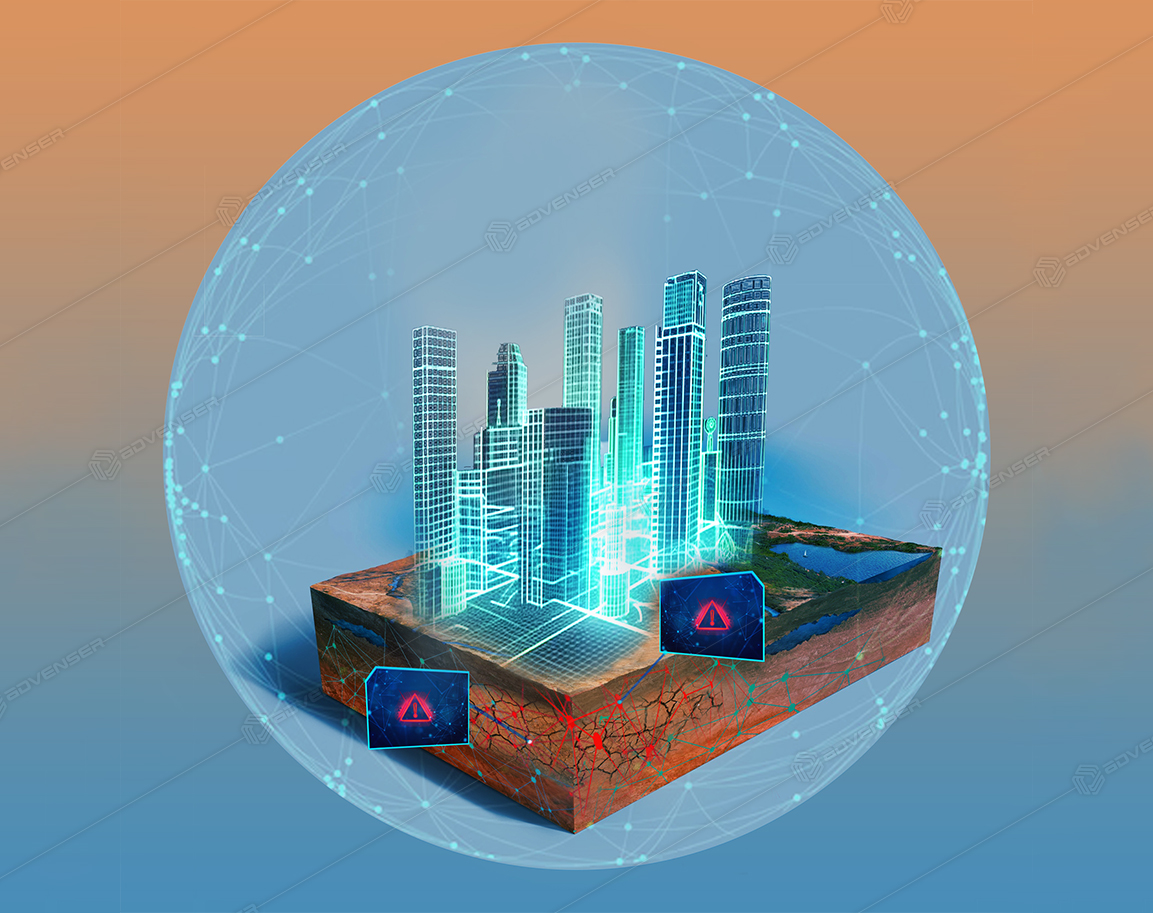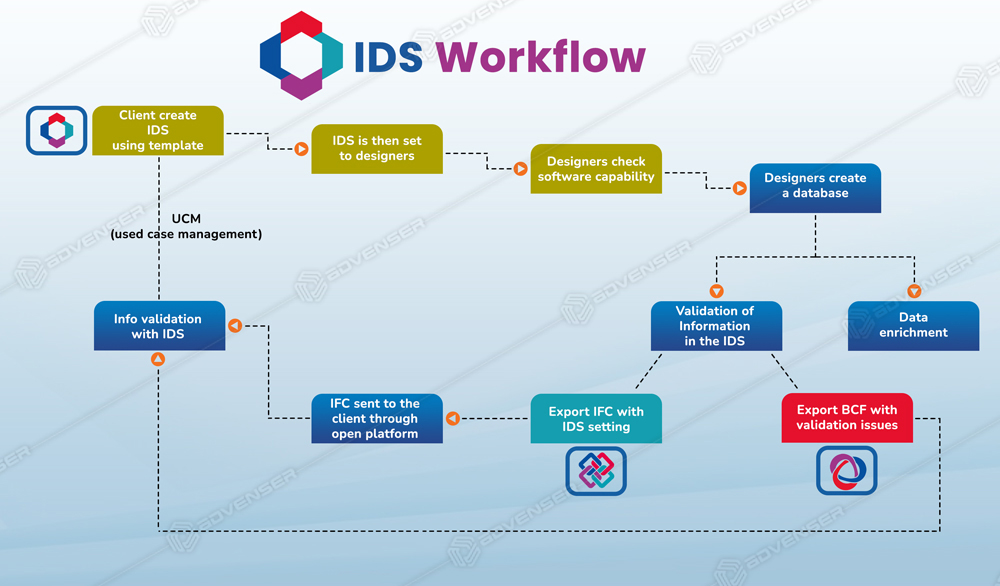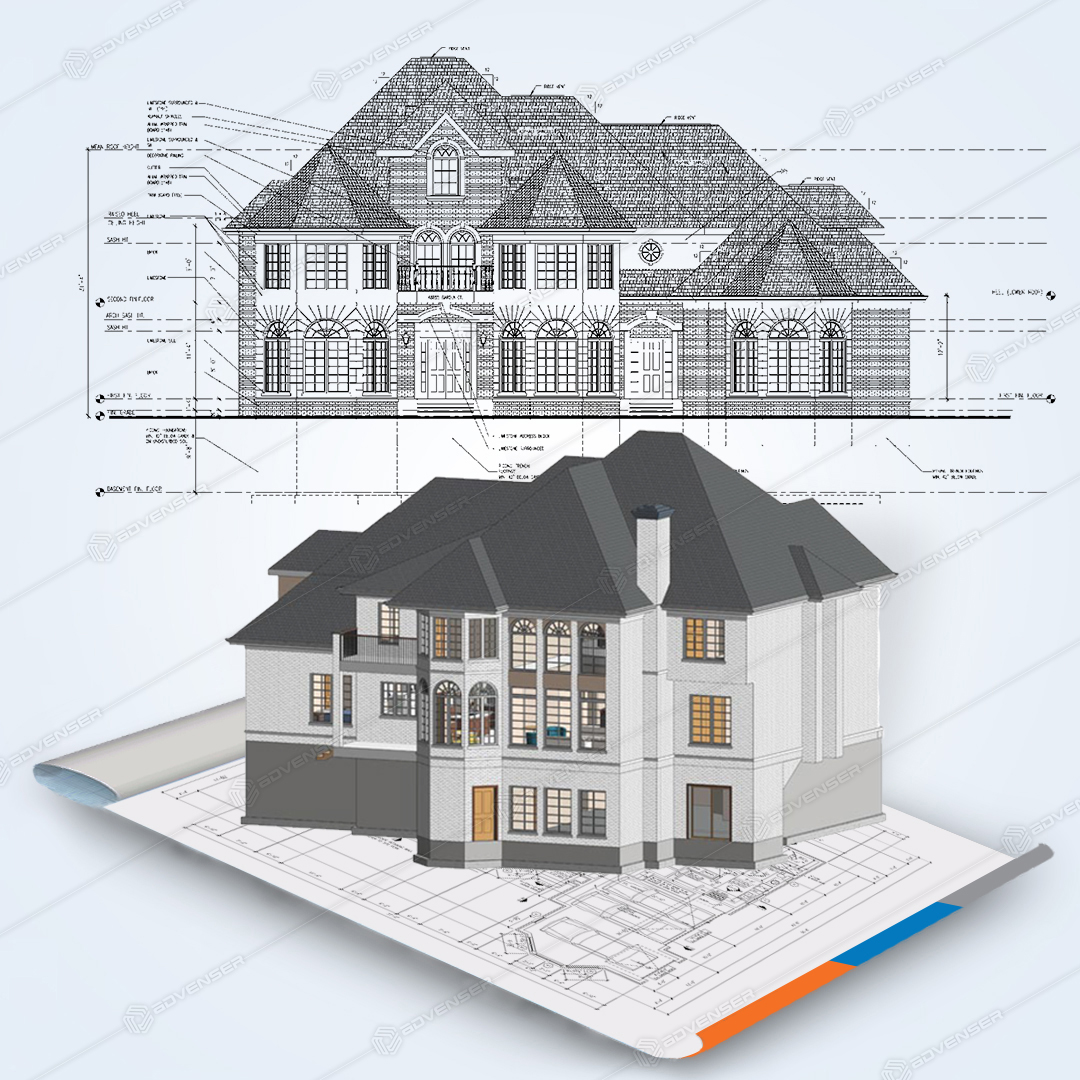BIM (Building Information Modeling) and GIS (Geographic Information System) are two indispensable technologies, whose integration yields classic results.
From our last 2 blogs (BIM and GIS Integration: Introduction and Importance in the AEC Industry and BIM and GIS Integration: Practical and Real-World Applications), we have so far inferred that BIM creates 3D intelligent models and manages the data related to the building components while GIS links the map context to the model and further manages and analyses altogether the outer/environmental aspects of the building/model.
The BIM-GIS integration also known as the GEOBIM concept is an integrated environment where BIM a data-rich model and GIS the geothermic conditions of the project site, converge. However, this all needs to be properly executed and has some special requirements and purposes. BIM-GIS integration allows you to integrate and visualize GIS data with BIM documents to make informed coordinated decisions across project teams, creating advanced, sustainable, and area-specific regulatory compliant projects.
This blog aims at delving into the details of the BIM-GIS integration/GEOBIM execution plan and process.
So, let’s dive further……

GEOBIM Execution Plan and Process
The BIM-GIS integration Execution Plan serves as a roadmap for introducing and implementing BIM-GIS integration within a project, making sure that all stakeholders are on the same page and are aware of their roles and responsibilities throughout the process.
Uncover the objectives for integrating BIM and GIS. These could broadly include urban planning, infrastructure management, facility management, space utilization, disaster management, forecasting and predicting weather, crowd simulation, etc.
Data Requirements and Preparation:
Identify the data requirements for both BIM and GIS technologies, this is of utmost importance. Once this is finalized, one needs to prepare the required model to generate the desired outcomes. This may also include cleaning, formatting the unrequired data, converting, and standardizing the data so that it is compatible to be exchanged between both BIM and GIS platforms. Industry Foundation Classes (IFC) and Geographic Markup Language (GML) can be leveraged to facilitate seamless data transfer.
Data Integration:
Identify the data requirements for both BIM and GIS technologies, this is of utmost importance. Once this is finalized, one needs to prepare the required model to generate the desired outcomes. This may also include cleaning, formatting the unrequired data, converting, and standardizing the data so that it is compatible to be exchanged between both BIM and GIS platforms. Industry Foundation Classes (IFC) and Geographic Markup Language (GML) can be leveraged to facilitate seamless data transfer.
Analysing the data:
Link the GIS attributes with corresponding BIM objects to enrich the BIM model with contextual information. This integrated data is then analysed to acquire insights within the project. GIS tools such as ArcGIS, CityGML, Bentley Maps, and others can be utilized to envision and analyse geographic data. BIM tools can be leveraged to perform simulations and assessments such as energy analysis, solar analysis, flood risk assessment, design options, etc.
Decision Support Systems:
The analyzed data is used further for informed decision-making based on comprehensive spatial and building information. The integrated BIM-GIS data facilitates the development of decision support systems related to the project.
Data sharing:
GEOBIM allows for multi-disciplinary real-time collaboration, data sharing, and communication. The integrated and analyzed data is shared with other parties involved such as – landowners, contractors, and regulatory authorities. This integrated data aids in facilitating collaboration among stakeholders from both BIM and GIS domains. Collaborative platforms enable real-time data sharing to ensure effective coordination.
Examine and deploy the GEOBIM Implementation Strategy:
Essential tools for implementing GEOBIM
- GIS software: Allows for the collection, analysis, and visualization of geospatial data.
- BIM software: Enables the creation and management of digital representations of the project, throughout the project lifecycle.
- Data management platforms: Facilitates the organization, storage, and recovery of project data, ensuring seamless collaboration and data sharing among project teams.
- Geographic data formats: Standardized data formats supporting the exchange of geospatial data between different systems.
- Collaboration tools: Aid real-time collaboration, data sharing, and communication among project teams.
5 important points to summarize the GEOBIM integration process
- To ensure a seamless BIM and GIS integration process, start by defining a clear data exchange format.
- Utilize standardized data formats to enhance interoperability between different systems.
- Incorporate geospatial technology for accurate mapping within the project.
- Implement BIM data in conjunction with GIS to gain a complete understanding of the project’s geographical context.
- Streamlining this integration process is crucial for maximizing project efficiency and stakeholder collaboration.
So…..Are you GEOBIM ready??
In conclusion, familiarizing oneself and mastering GEOBIM techniques is pivotal for enhancing project efficiency in modern construction. By integrating GIS with BIM – GEOBIM transforms project management, streamlining collaboration and communication across the various disciplines. GEOBIM facilitates and drives sustainable construction goals and ensures compliance with local regulations.
Ultimately, GEOBIM results in improved opportunities and results for society and more competent AECO projects.
If you’re ready to elevate your projects with GEOBIM, get in touch for expert guidance and start reaping the benefits of this game-changing technology.






